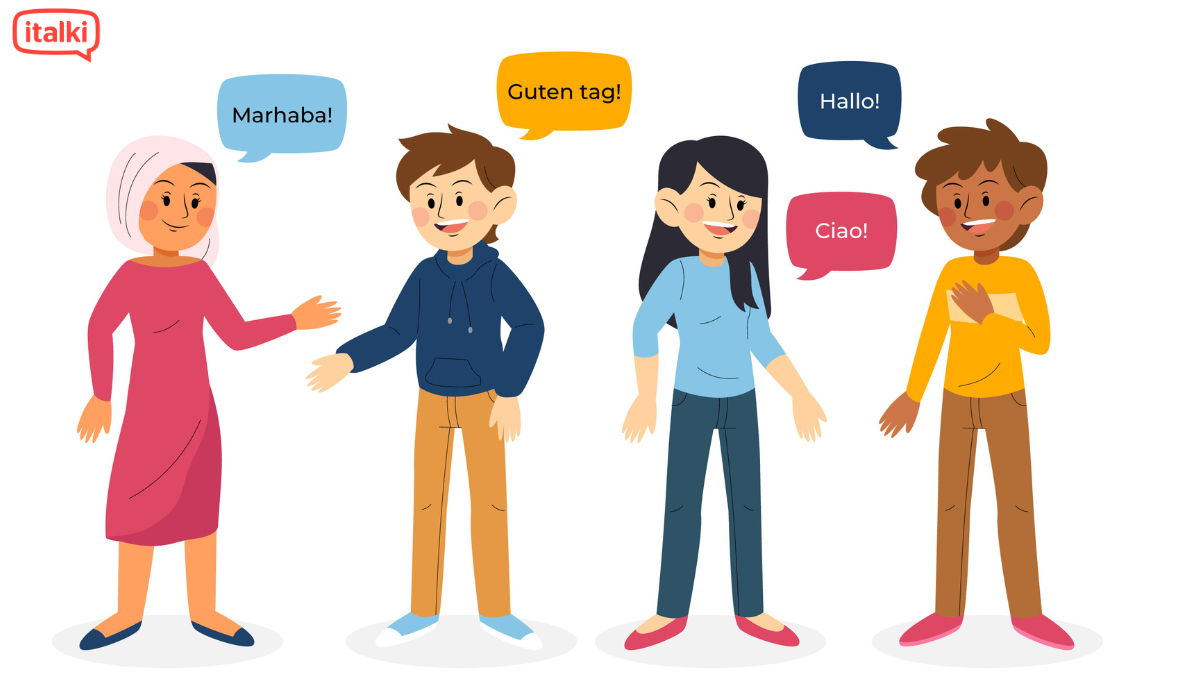Kanji characters seem very strange to Japanese learners. These characters are a real struggle for many people. But to attain the essential fluency, understanding and mastering these characters is necessary. There are a few tips that can help Japanese learners to get these characters.
Many people claim that it is not necessary to learn kanji in order to become fluent in Japanese. Yes, that is true. But, there are many reasons that make it necessary for you to learn kanji.
Unless you are able to read and write in the language, you do not truly understand it. This is taken for granted in languages that use the same alphabet as English, such as Spanish or German.
Learners of languages that do not, such as Arabic and Korean, must also devote time to learning to read. This means getting your head turned around by the amazing world of kanji.
Kanji teaches you vocabulary words. If you know the kanji for new words, you can make reasonable assumptions about their meanings. Kanji is analogous to affixes in English. If you see a word beginning with “re-,” you know it means “again.” A word that begins with “un-” means “not,” and a word that ends with “-able” means “can.” These affixes are similar to Kanji characters. Each has its own meaning, and knowing these meanings makes understanding new words easier.
If you want to live in Japan, you will need to learn kanji to get around. You would be surprised how few signs in English there are, especially once you get out of major cities. Not to mention that you’ll want to be able to read the entries on restaurant menus and product descriptions.
Even if you’re only visiting Japan, knowing how to read basic signs and instructions in the language will make you feel a lot more confident. Now that, we have highlighted the importance of learning kanji, let’s look at some useful tips that will help you understand how to learn kanji.
Tips on how to learn kanji
Learning kanji is all about developing a daily study routine. Even if you only have 15 minutes a day to study, consistency is important. Stick with it and take note when you start to see outcomes because your successes will motivate you to achieve even more.
You need to learn Kanji radicals
Complex characters are composed of smaller components known as radicals. And just a few of these radicals will lead you to a surprising amount of kanji. When you become familiar with these radicals, it becomes much easier to distinguish between similar characters.
You can also make guesses about pronunciation at times. Characters who share a radical are frequently pronounced similarly.
Associate Images with Kanji
When you make image associations with characters, some people find it easier to remember them.
Important tip: You can consult the Kanji by James Heisig, the most well-known book on the subject. Michael Rowley’s Kanji Pict-O-Graphix is another book about image association. Many people find image association useful when learning kanji.
Consult a Dictionary, Book, or Online Resource
When you learn a new character, look up words that use it in your dictionary. This will help the meaning stick and will demonstrate how it is used. Most kanji learning materials also include a few common vocabulary items for each entry.
If you are wondering how to learn kanji from an authentic online source, you can enroll yourself in italki’s Japanese lesson plans. You can learn Japanese on italki under the supervision of the best online Japanese tutors, who will help you learn Japanese kanji effortlessly.

Find Your Perfect Teacher
At italki, you can find your Japanese tutor from all qualified and experienced teachers. Now experience the excellent language learning journey!
Book a trial lesson
Do not run after the perfect order
Japanese students are taught kanji in a specific order. From first grade to the end of high school, there is a set of characters to learn from. There are certainly reasons why Japan’s education system teaches kanji in this order to children, but the order is less important to adults. Some books or classes follow this order, while others follow a different one.
You do not need to focus on the order while learning kanji. Don’t be concerned with order; simply begin somewhere and stick to your routine and follow it with utmost consistency.
Read or watch your favorite Japanese content
When you’re studying something fun and interesting, it motivates you to keep going even when things get tough. Choose real-life study materials that you’d enjoy even if you weren’t studying Japanese, such as magazines, comics, or books.
While watching these, you can look for Japanese punctuation marks and Japanese numbers to improve your knowledge base. Watching your favorite Japanese resource can also help you to improve your Japanese vocabulary list.
You can watch the videos with the subtitles on. In this way, you will be able to see and hear the words, which will aid in associating sounds with characters. By clicking on a word in the subtitles, you can pause the video and look up its meaning.
Consult a native speaker to check your writings
Check with a Japanese friend if you’re learning to write kanji. There are many tones to writing kanji; the best way to learn them is to have a native speaker point out your mistakes.
It will also give you the opportunity to observe native speakers and see how they read and write kanji themselves.
Be Accountable
It is one thing to fall short of your goals and disappoint yourself. But it is a completely different story when you let all of your friends down. Going public with it is a good way to keep yourself on track. Share your progress on social media or create a blog to document your journey to Japanese literacy. You will be too embarrassed to fail to meet your learning objectives.
You can also share your learning goals with your family. Doing so will help you to be on track. Your family members will motivate you to meet your kanji learning goals.
Use Technology Actively
There are hundreds of websites available that can help you understand and learn Japanese kanji. This is an era of technology, you need to take advantage of online resources to learn Kanji at your own pace.
The Overall Approach to Learning Kanji
Use of flashcards
You can learn Kanji by using flashcards. There are several flashcards apps that you can access to learn kanji. Memorize your flashcards on daily basis.
Real-life study
Memorization only isn’t enough to master kanji. When Japanese children learn kanji, they are not simply memorizing characters. New characters surround them as the children learn about them.
You should do the same as much as you can. You will also get a sense of how each is used, which will reinforce the meaning for you. You will make connections, which will help you learn.
Recommended: JLPT N5 study guide: Everything you need to pass
Writing
Writing is an important part of learning kanji. There have been numerous studies that show that writing something down by hand helps you remember it better. When you consider that stroke order can be an important part of recognizing kanji, writing practice becomes critical.
Don’t dismiss writing because we live in a digital era; it will give you the advantage you need to learn kanji in more detail.
There are approximately 2,000 kanji characters in common use, and once you have them memorized, you are officially literate. Then you can read newspapers and books. There are thousands more, and even Japanese people don’t know them all, but knowing 2,000 characters is sufficient.
If you are still wondering how difficult to learn Japanese characters is, know that, it is all about giving the right amount of time and motivation to learn these characters. Assign a proper time to study kanji characters from your daily routine. Use flashcards to make your notes and most importantly, seek help from native Japanese speakers.
This guide has pretty much answered your question about how to learn kanji. Know that, there is no shortcut when it comes to quality learning. You need to put in the effort to master Japanese kanji characters. Do read the books and other online Japanese content to improve your understanding and eventually you will master these characters.
Want to learn a language at italki?
Here are the best resources for you!




















